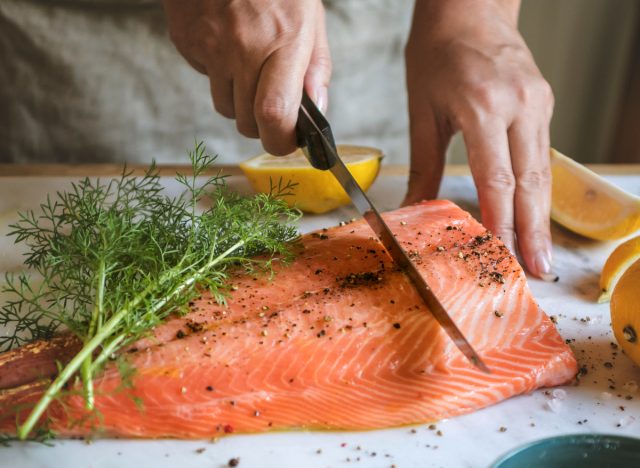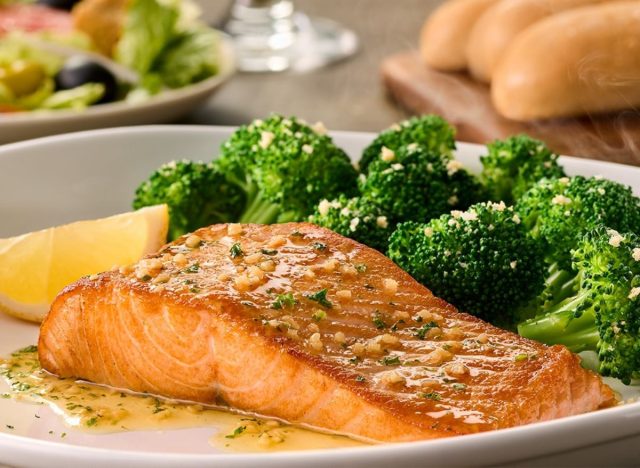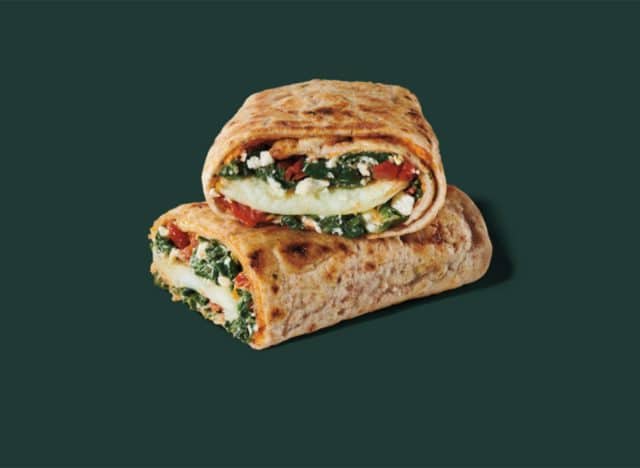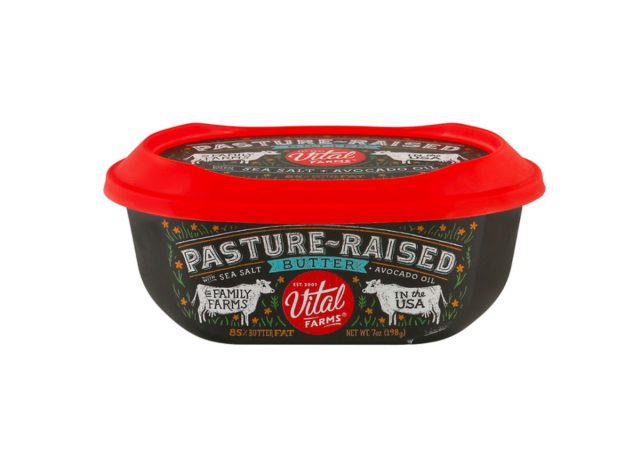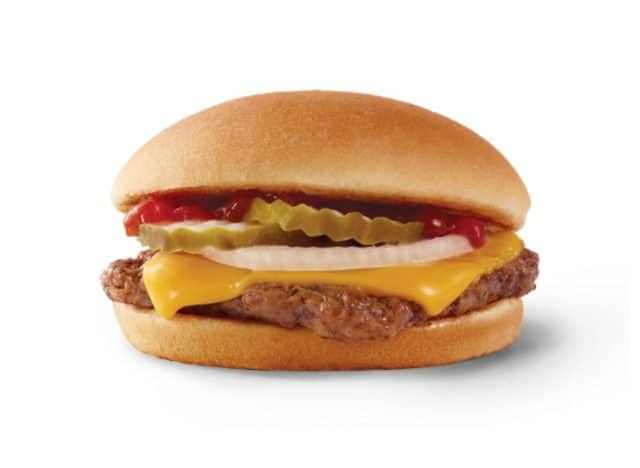It can be difficult to resist picking up a burger and fries more often than not on your way home from work if you’ve had a long day and happen to pass multiple fast-food restaurants during your commute. That can be particularly true if you live in what’s known as a “food swamp.” As you can imagine, that’s an area that is as dire as it sounds in a very particular way.
A food swamp is a neighborhood where you’ll find a lot of businesses that sell what’s considered to be unhealthy food options instead of what you might think of as healthy food, according to research published by the International Journal of Environmental Research and Public Health. Unfortunately, if you live in a food swamp, you might be at greater risk of a stroke.
In a new study that was set to be presented at the American Stroke Association’s International Stroke Conference 2023, researchers used data from both the University of Michigan’s Health and Retirement Study (HRS) and the U.S. Department of Agriculture, according to the American Heart Association (AHA).6254a4d1642c605c54bf1cab17d50f1e
This allowed them to create what’s known as a retail food environment index (RFEI) which relies on ratios of how much healthy and unhealthy food is available in certain neighborhoods. Healthy food was considered to be options available at grocery stores, specialized food stores, and farmer’s markets. Unhealthy options were more along the lines of fast-food restaurants, full-service restaurants, and junk food-filled convenience stores. That was then compared to data regarding the health of 17,875 adults who were an average age of 64 years old.
 Shutterstock
Shutterstock
The results showed that people who live in an area with easier access to unhealthy food—a food swamp—were 13% more likely to suffer from a stroke than people who lived in neighborhoods with fewer unhealthy stores and restaurants.
“Our research highlights the potential importance of an area’s retail food options as a structural factor affecting stroke, especially since most participants resided in areas with 6 times the amount of relative unhealthy to healthy food choices,” said Dixon Yang, MD, lead author of the study and a postdoctoral fellow at Columbia University Irving Medical Center in New York City, according to the AHA.
“At this early stage of our research, it’s important to raise awareness that a person’s neighborhood and food environment are potentially important factors affecting their health, especially among people who may have difficulty in reaching optimal cardiovascular health targets,” Yang also noted. “In the future, it may help to focus on community-based interventions or dietary guidance to improve cardiovascular health, thereby, hopefully reducing the risk of stroke.”
“One thing I do not like about food swamps is these establishments target areas that are most vulnerable or likely to indulge in their food,” Jesse Feder, CPT, RD, My Crohns and Colitis Team, tells Eat This, Not That! That might mean “poor neighborhoods, since fast food is cheap and easily accessible, […] around school districts since kids typically enjoy fast food and unhealthy foods,” or “in areas where there are older populations to allow easier access to foods for seniors.”
“While it is good to have easy access to food, it is not good to have easy access to unhealthy foods and a hard time finding healthier foods,” says Feder.”This puts several different populations at increased risk for obesity and diseases that come with it.”
“I highly suggest limiting yourself to one to three fast food meals in a week if possible,” Feder advises to those who believe that they may live in a food swamp. “I find it better to have a specific number in mind that you can keep track of when trying to limit fast food intake.”
“Additionally, I would go to the grocery store and buy healthy snacks and foods to have around the house,” suggests Feder. “This way you won’t want to waste what you already bought and you will be more likely to snack on healthier things if they are in front of you at home.”
Finally, Feder points out that “meal prepping is another great way to limit fast food intake and avoid the risks associated with food swamps,” saying that “if you prepare your meals and/or snacks ahead of time then you will already have things ready to eat each day for you.”



